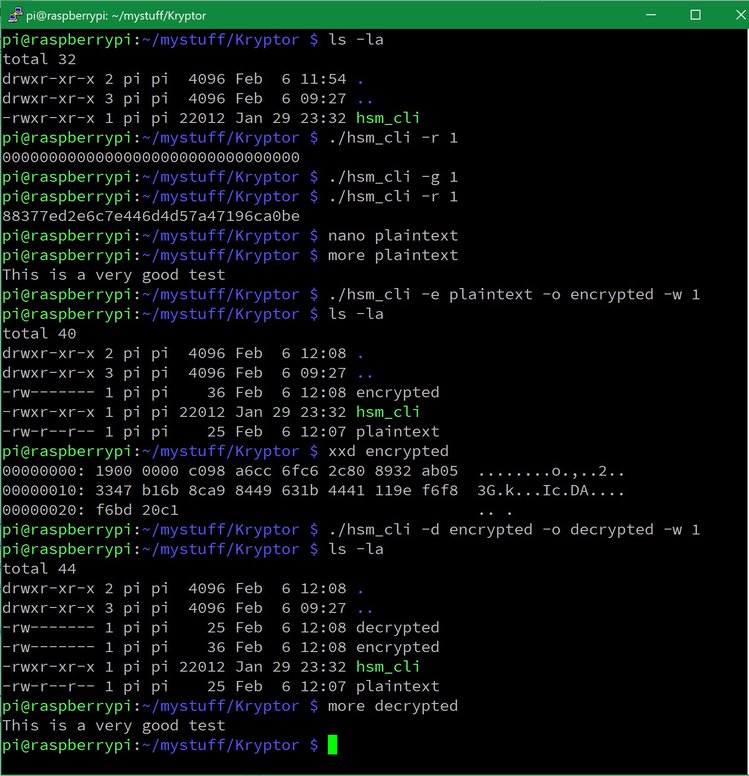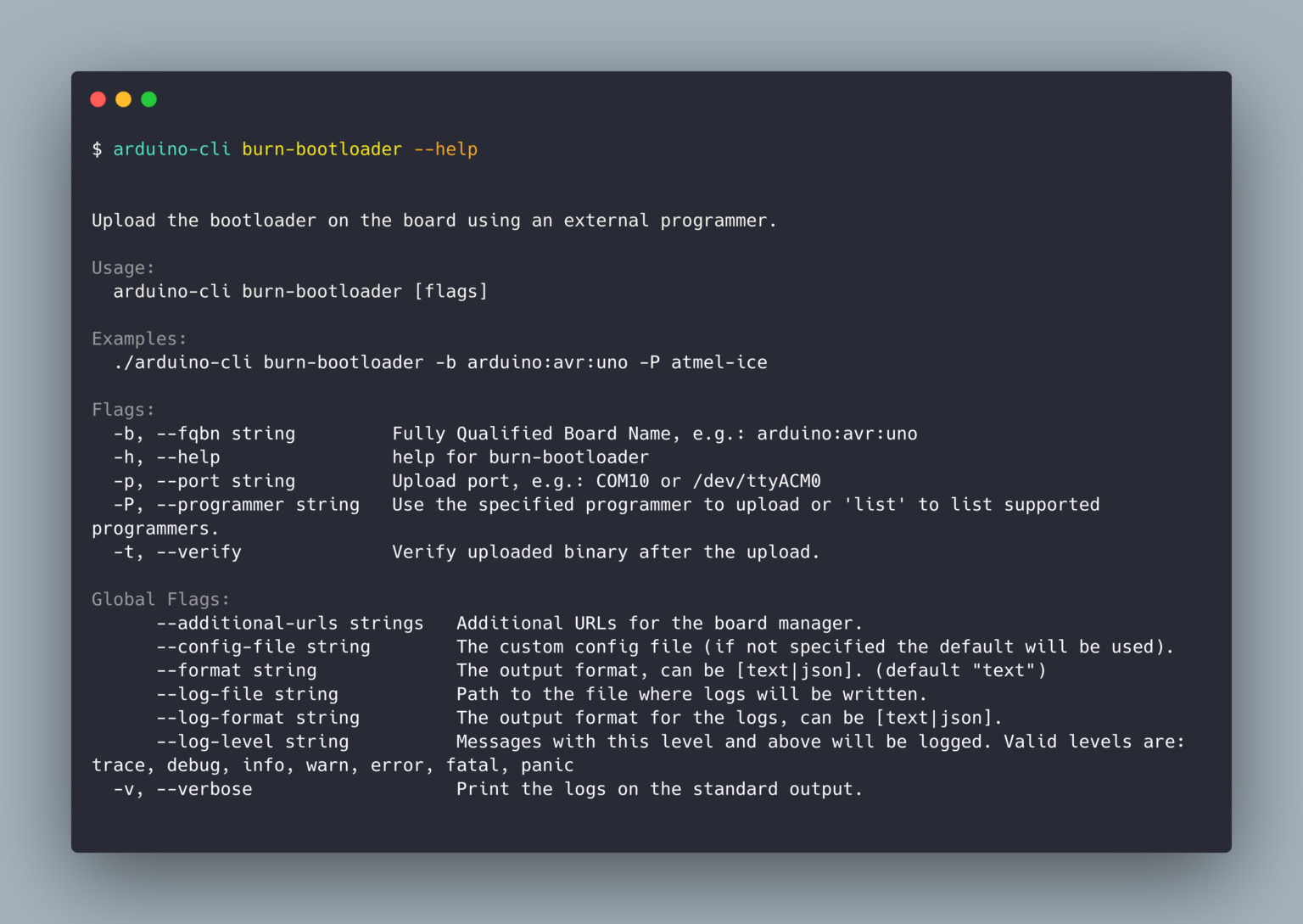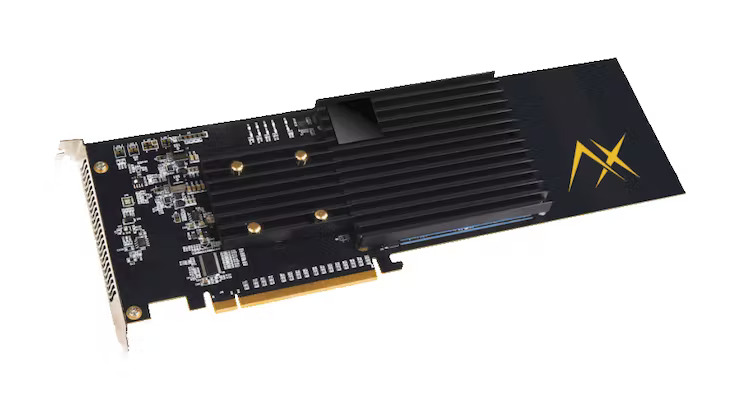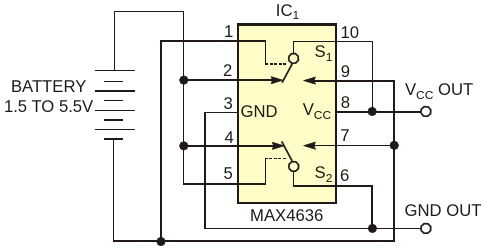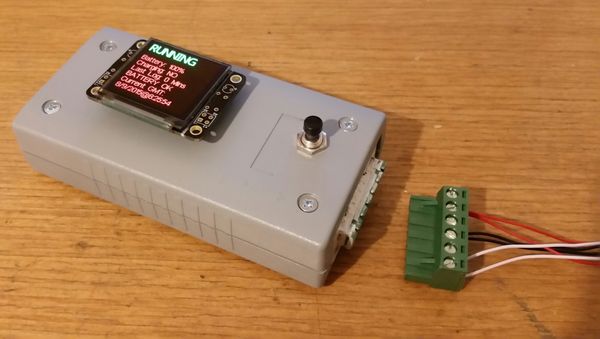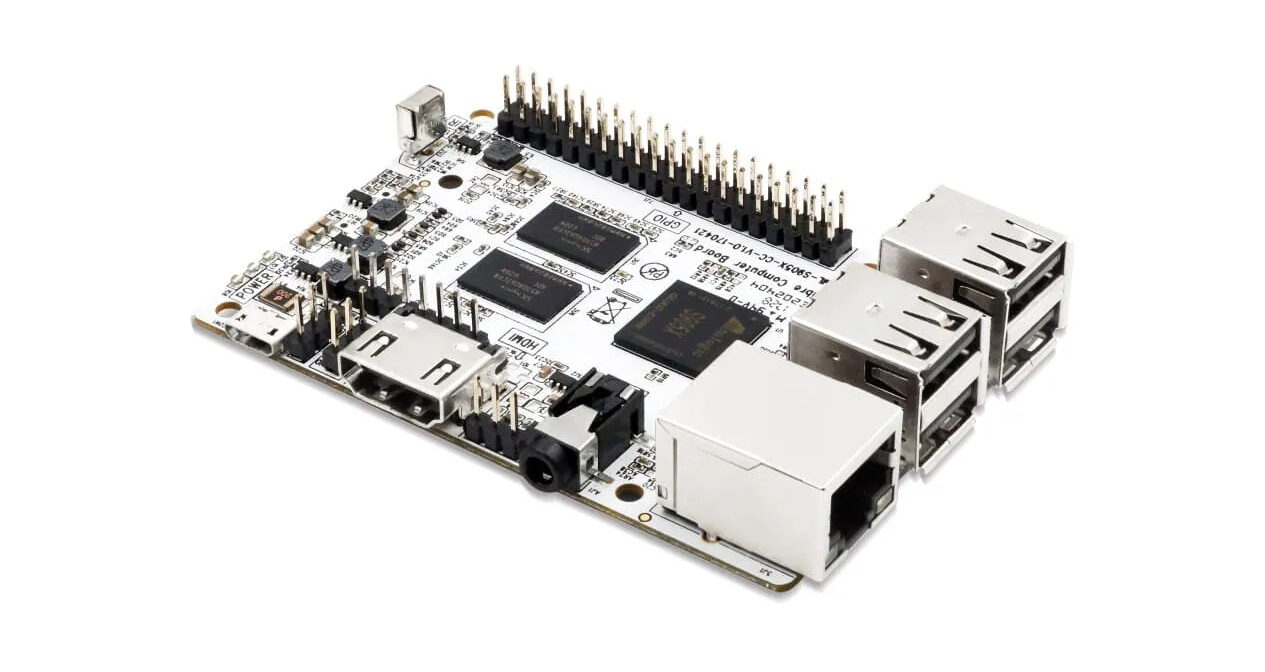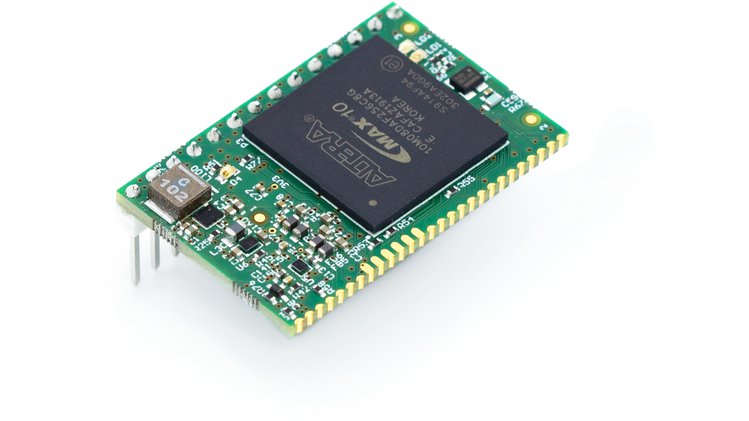
Kryptor is a (Field Programmable Gate Array) FPGA board that comes with the different functionalities needed to aid data encryption. The board is an HSM (Hardware Security Module) that protects and manages digital keys for strong authentication. The board has been designed to support any processor that supports serial interfaces; therefore, it is excellent for makers boards like Arduino and Raspberry Pi.
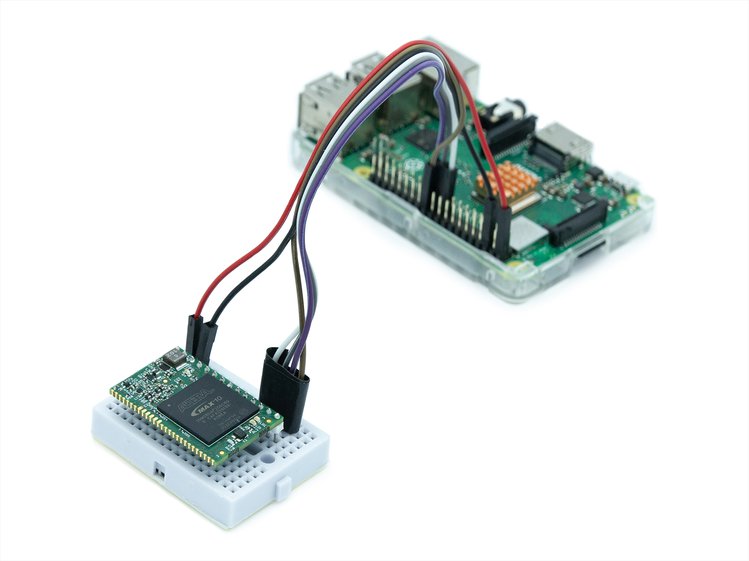
Kryptor is powered by a single compact Intel/Altera MAX10 FPGA chip with 100 MHz operating frequency, 1376 Kb flash memory, and a 378 Kb RAM in total. It can be connected via a 2.54mm pin header, which is excellent for a standard breadboard. Jumper cables are also provided; there are four cables for SPI, 1 for 5V and 1 for GND. The controller boards can also be connected to Kryptor using 12C, SPI, and UART.
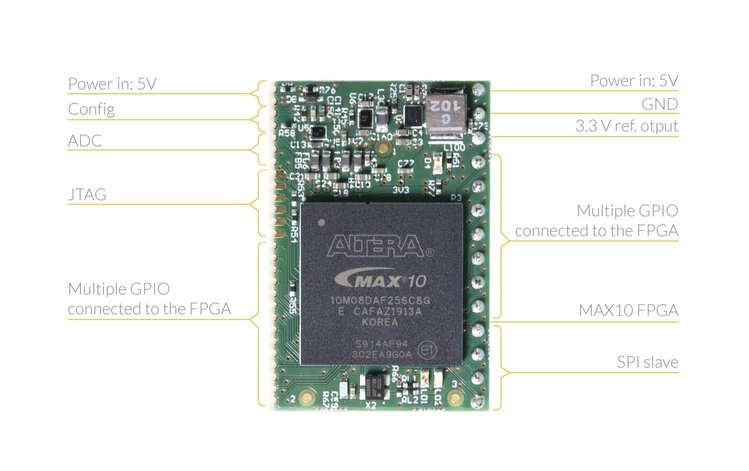
The One-Chip Hardware Security Module (HSM) and MAX10 FPGA Dev Board
Technical Specifications include:
- FPGA: Intel/Altera MAX10 8K LE (10M08DAF256C8G)
- Dimensions: 23×35 mm
- Internal flash: 1376 Kb
- Internal RAM: 378 Kb total
- GPIO: 250 available from the FPGA (fewer accessible via the board)
- Operating frequency: 100 MHz
- Control: API / encrypted Command Line Interface
- Duplication protection: Anti-piracy duplication protection via chip ID
- Encryption speed: symmetric encryption speed up to 108 Mbps on a single core (SPI link speed capped at 2 Mbps.
The RAM and flash memory circuits are enclosed within the FPGA to help as it offers a safer architecture compared to the usage of external chips that have to be physically secured. There is also a free and easy-to-use API for Linux, which is a fantastic feature to help beginners figure out Kryptor quickly. An Arduino library is also provided.
Kryptor users have the option of downloading the HSM soft-core at no cost from Skudo. It comes with instructions on how to flash it into their own FPGA Krypto boards. The HSM soft-core can be uploaded at any time; therefore, owners are free to use the Kryptor board with their own soft-core and make use of the secure and professional MAX10 FPGA.
HSM Soft-core Encryption Features
- Key agreement scheme: Elliptic Curve Diffie-Hellman / Curve25519 (ECDH)
- Symmetric key block cipher: Camellia
- Asymmetric: ECC25519
- Cryptographic hash function: Skein
- True Random Number Generator (TRNG): running in dedicated Hardware (FPGA)
- Expandable: The FPGA is expandable with external software functions executed inside the chip
- Optional functions: Other functions like RSA, AES256, and Keccak can be integrated if needed for legacy applications
Kryptor eliminates the need for software-based encryption functionalities by replacing them with real hardware ones and also avoids using any Operating System (OS) – reducing the options for potential surface attacks (virus, malware injection, and bug exploits).
Kryptor is currently on the course for crowdfunding on Crowd Supply. More information is available on the page.





